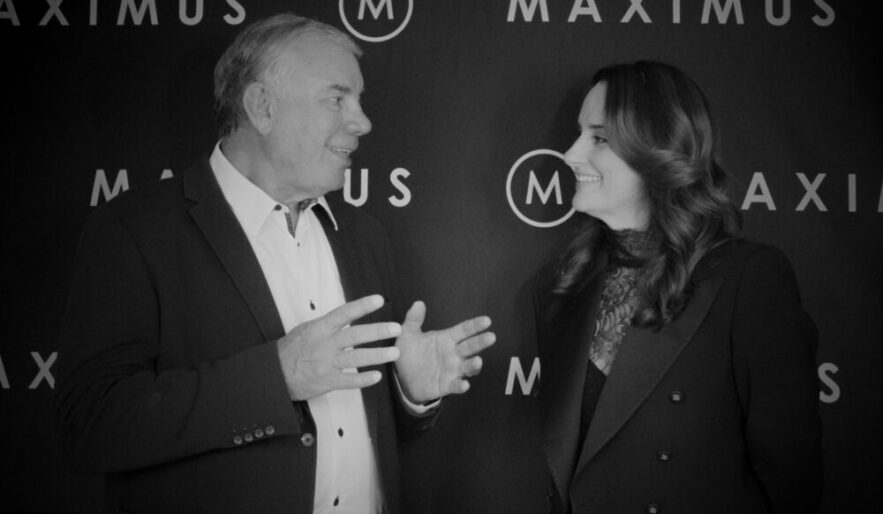The business world is more competitive and the rate of change accelerating faster than at any time in history. Perhaps counter-intuitively, that means that it is crucial to deliberately build and execute business strategies with a future-focused vision.
In our hunger for short-term results, future focus has been swallowed up.
A lot of Australian companies used to operate with fixed long-range planning, but as the world has become more opportunistic and adaptive, many local enterprises have battened down the hatches and become very short-term focused, at great cost.
INNOVATION UNDER THREAT
Australia is lagging in the innovation stakes, and we need to turn that around urgently. As I urge leaders and boards to pause to plan for the future, I am acutely aware that the commercial realities of the market create genuine short-term pressure. Those expectations can’t be magicked away, but there are things that boards and leaders can do differently to create the necessary time and space to build strategies to grow innovation and ensure long-term success.
The latest Global Innovation Index released this July had a glimmer of good news: Australia had climbed into the final slot of the top 20, up from 23. But don’t be fooled by that particular ranking in the index, which is co-authored by Cornell University, leading graduate business school INSEAD and the World Intellectual Property Organisation. Deeper reading shows that Australia doesn’t rank in the top three in our region, or in the high-income countries group, and that our innovation collaboration — links between industry, research institutions and government — was marked as a ‘weakness’.
Switzerland, the Netherlands and Sweden were the global leaders on the index, which covers 80 indicators of innovation health. China, Malaysia, Singapore and the Republic of Korea are among our near neighbours powering up the chart. How can Australia shake the short-termism shackles and join them?
FUTURE-FOCUSED BOARDS MUST ENGAGE
Boards are key for companies to grow and thrive, rather than get stuck in survival mode. Future-focused boards can give leaders the licence to break the short-termism cycle, which is essential to lift Australia’s standing as an innovation nation.
Boards need to engage with their CEOs and other top executives differently, and not only around the cycles of monthly meetings, quarterly results and annual reports. I am seeing board members leaning in more, and that’s great, but it needs to shift to a long-term focus.
It’s a significant change in engagement. I’m talking about working sessions, deeper conversations, genuinely opening up to the long-term view. There’s a trend of boards to actively explore other markets and industries, and that’s a positive signal. They need to equip themselves with broader understanding of a range of issues and opportunities around innovation, and to share their learnings with their management team. That kind of top-down support builds an invaluable foundation for innovation.
CHANGE THE NARRATIVE
Boards must provide the market with a much stronger narrative around innovation and investment, and how they’re building for the long-term horizon. An approach that communicates all that clearly gives the market confidence and gives leaders the time and space to create future-focused strategies and execute them. We need boards who can balance articulating for short-term expectations and exciting the imagination of investors with a long-range plan, too.
If there are only a few taking a new tack, it’s harder and slower to effect change. We need more boards and organisations to adopt this holistic approach in order for investors, shareholders and the market to accept it and for it to become normal.
GET IN GEAR FOR INNOVATION
Boards helping investors to understand the necessity of future-focused vision is only one part of it.
I used the word ‘holistic’ above intentionally: we need a lot of things in place to shift the innovation gears. A few key ones include making research grants more accessible, encouraging closer collaboration between universities and industry, and creating better settings for venture capital. So while you could argue that the engine-room is powered by government policy and boards, CEOs need to position themselves in the driver’s seat, which means really accelerating their own learning, exploration and collaboration.
We’re punching below our weight as an innovation nation, and developing future-focused boards can make a real difference.







